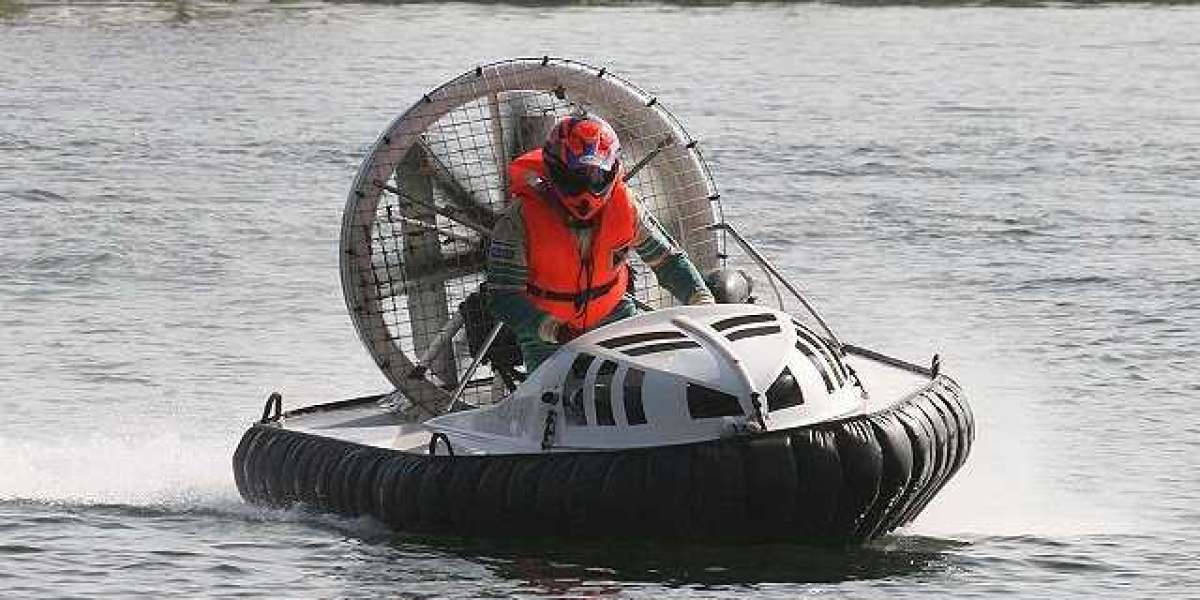The History of Amphibious Vehicle Development
Amphibious vehicles were first developed over a century ago to assist in crossing bodies of water during wartime. Some of the earliest efforts include the British Royal Navy's "Duck" amphibious vehicles in the early 1900s. During World War 1 and 2, various nations produced several designs of amphibious vehicles and landing craft to support amphibious assaults. The creation of fully functional amphibious combat vehicles accelerated during World War 2 with tanks like the American T17 Deerhound and T18 Boarhound. In the post-war period, new generations of amtracs and LARC vehicles provided enhanced troop and logistical transport capabilities on land and sea for the US Marines and Army.
Modern Combat Amphibious Vehicles
Most militaries now rely on tracked Amphibious Vehicles called amphibious assault vehicles (AAVs) or landing craft for transporting troops from ships to shore during operations. The M113 was one of the most widely used AAVs during the late Cold War adopted by over 20 countries. More modern 8x8 wheeled AAV designs like the BvS10 from Sweden provide better mobility compared to tracked versions. The US Marine Corps currently uses the AAV7A1 landing vehicle, although it is looking to replace it. Other countries have developed modern amphibious tanks like the British Trojan, the German PUCH and the Swedish CB90 as well as amphibious APCs. Amphibious capabilities allow for flexible deployment options on hostile coastlines without special port facilities.
Commercial Amphibious Vehicles
In recent decades, the concept of the amphibious vehicle has spread to commercial applications as well. Amphibious vehicles provide a means to traverse water bodies that act as barriers for normal vehicles. They have found uses in activities like search and rescue operations, coast guard duties, oil and gas rig servicing, marine surveys and wilderness tourism. Major producers of commercial amphibious vehicles are Gibbs Amphibians and Aquatica with designs like the Gibbs Aquada and Aquada 30E providing all-terrain abilities on land and water. Such vehicles are equipped with water jets or propellers for propulsion in water. They have been used in tourism activities in places difficult to access otherwise.
Applications of Amphibious Vehicles in Difficult Terrains
Amphibious vehicles provide a unique solution for transport where there are barriers like large rivers, lakes, marshes, tidal zones or sea coasts that break up terrain and hinder movement of normal vehicles. Their ability to seamlessly transition between land and water gives them great tactical and logistical advantage in amphibious operations. In addition, they have proven very useful in disaster response, research and mineral exploration in remote regions with sparse road networks but large water bodies. Their applications are vast in difficult mountainous or jungle regions segmented by significant water barriers. Industries like mining, oil and gas exploration, construction and infrastructure development in such terrains have leveraged amphibious vehicles for access. Their all-terrain attributes also make them well-suited for activities like anti-poaching patrols and wildlife research in wetland areas. Future advances promise to enhance their off-road and hydrodynamic performance further.
Market Prospects and Challenges
Defense continues to be a major market for amphibious combat vehicles currently valued at over USD 5 billion annually globally. However, commercial applications are growing in mining, energy, construction, tourism, surveys and disaster response. The commercial amphibious vehicle market is projected to reach over USD 1.8 billion by 2026 according to analysts. This is driven by increasing industrial activities in remote regions along with need for specialized equipment. North America and Europe currently account for over 60% of sales but emerging Asia-Pacific markets are expected to grow the fastest owing to infrastructure development. Competition also remains low with few specialized manufacturers while demand exists. However, high development costs and niche applications pose challenges to widespread adoption and mass market potential of amphibious vehicles globally.
Concluding Remarks
While initially conceived for defense purposes, amphibious vehicles have matured into valuable commercial assets with vital roles to play in transportation and industrial access where typical infrastructure is absent. Their unique combination of off-road and hydrodynamic capabilities suited for extreme environments and difficult terrains will ensure continuing demand from industries operating in such areas. With improving technologies and falling costs, more applications are likely to emerge boosting commercial use of amphibious vehicles going forward. Their market growth presents business opportunities for vehicle manufacturers to tap new domains especially in emerging regions engaged in connectivity and resource development projects.
Get more insights on : Amphibious Vehicle
About Author:
Ravina Pandya, Content Writer, has a strong foothold in the market research industry. She specializes in writing well-researched articles from different industries, including food and beverages, information and technology, healthcare, chemical and materials, etc. (https://www.linkedin.com/in/ravina-pandya-1a3984191)














